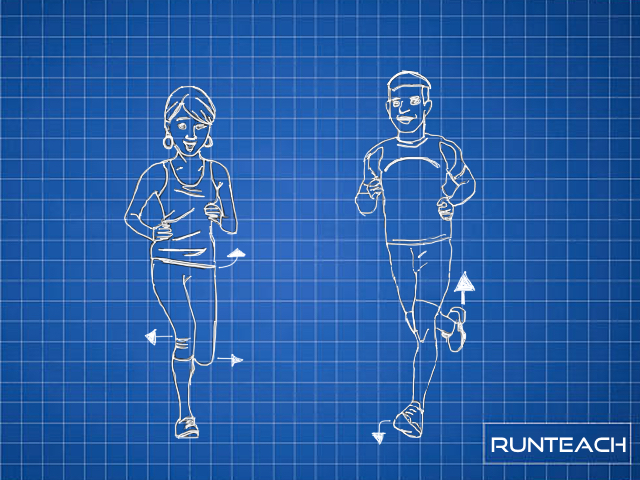Well, what a start to 2021 January was.
I expected some tighter restrictions following the Christmas period, but had hoped it wouldn’t be a national lockdown. And it wouldn’t have been quite so bad if the schools hadn’t closed – that threw a real spanner in the works. It hit my ability to fit running in big time, made even more difficult as my wife is front line NHS and is out of the house between 10 and 12 hours a day meeting the needs of the nation.
I know I’m not alone, so if you are in the same position as me and are struggling to fit your running in around kids, homeschooling and work, then my experiences in January may just help you.
Over the next few weeks I’m going to share a number of little lessons with you that you can use to either directly improve your running, help with your mobility or help reduce your stress.
So, here’s the first one:
Do I need a plan and what if I can’t stick to it?
Many of us have a plan or schedule that we run to, and many of us don’t. I’m one of those runners that do and I strongly believe that:
- We need to have a goal for every session, no matter how small
- Having some form of structure around our running helps us to progress and get better
This doesn’t mean you have to have a detailed session plan for each run, but having a goal for each week and then working towards this with every tun is important for your progress.
Having said that, not being able to stick to a plan or schedule because of changes in your available time and of course the impact of a lockdown, can pile pressure on you and make you feel guilty about not hitting those goals.
So you need to take a step back and reevaluate what’s important. I still think it’s super important to have a plan – perhaps even more so – and this is because in times of crisis or stress, if you have something to follow you can remove part of the uncertainty from your life. This in turn reduces your overall threat level and can reduce your overall stress.
But, the plan needs to be slightly different to normal. If you don’t normally have a plan, now is the time to sketch one out, and you’ll be relieved to know that it’s really easy.
First, look at what you know
- Next, look at what you would like to achieve by the end of lockdown
- Work back from this goal to set a smaller goal for each week
- Review your plan and view it as fluid and likely to change.
Here’s an infographic of the process
I use and teach a system called Backwards Planning to help me plan all kinds of things including athlete schedules, my own training and even work projects.
Here’s a video from my Resilient Runner workshop explaining backwards planning:
Once you have your plan, accept that you are living in uncertain times and that your life is likely to be disrupted and changed. By allowing yourself to go with this notion, you are also more likely to avoid the guilt of not hitting your weekly runs the way you originally planned.
Finally, but most importantly:
Be kind to yourself!
Best wishes,
Chris
Founder


